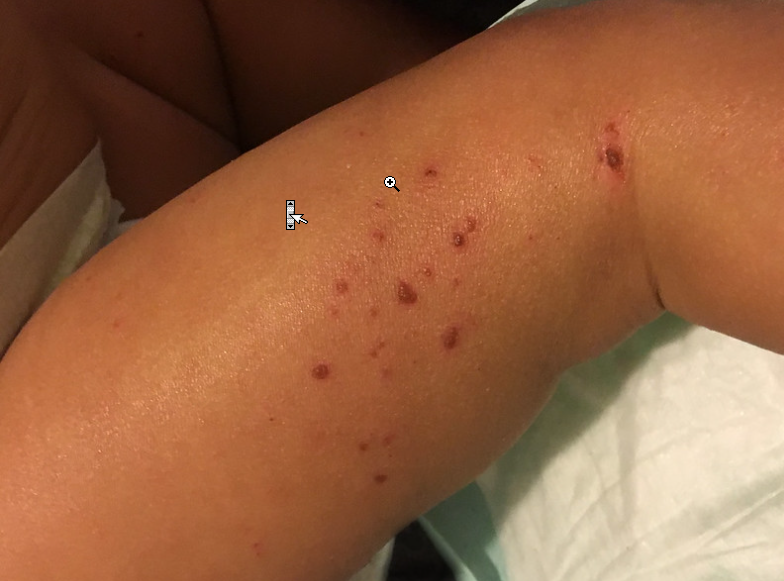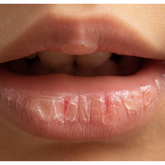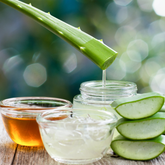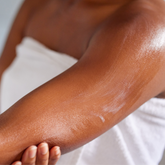
Eczema and Atopic Dermatitis in Children of Color
Atopic dermatitis (AD) is a common chronic inflammatory dermatosis of childhood that typically improves during adolescence but can be lifelong. Black and brown children are at 6-times greater risk for severe atopic dermatitis than white children, and atopic dermatitis may lead to a greater negative impact on quality of life in patients with skin of color.
The appearance of atopic dermatitis usually begins before age 5 but adults who did not have the condition as children, can develop it at any time in their lives.
Environmental factors and allergens may influence atopic dermatitis in children of color who are predisposed to it as a result of family genetics.
How does eczema look in darker skin?
For children of color, eczema does not always appear as a red, dry or itchy rash as commonly described. In the case of brown or black skin individuals, eczema appears as a darker brown, purple of grey colored area. The itchiness caused by eczema has proven to show greater impact and general discomfort in children of color.
Unique cases of atopic dermatitis are often observed in darker skin complexions. These individuals often develop tiny bumps on the legs, arms and torso areas.
The skin dryness that accompanies eczema may cause consistent rubbing and scratching, encouraging the skin to develop thickening and raised skin surfaces.
Eczema is generally followed by skin pigmentation changes, thus leaving the affected skin darker than surrounding areas.
Eczema treatment in children of color
The treatment of eczema in children of color should include a gentle, but proactive skin care regimen that considers delicate and consistent skin moisturizing efforts.
The texture of atopic dermatitis and eczema-prone skin types tend to be dry and sensitive. The use of hypo-allergenic and fragrance-free products with high moisturizing content is critical to preventing flare ups of atopic dermatitis. The use of unscented, heavy emollients should be applied to the skin daily after baths while the skin is still damp. Thick creams tend to provide greater moisturizing benefits and natural butters such as cocoa and shea butter are excellent for locking in hydration.
The use of warm water and not hot water is recommended as it prevents over-drying of skin, encouraging dryness and itchiness in children of color.






